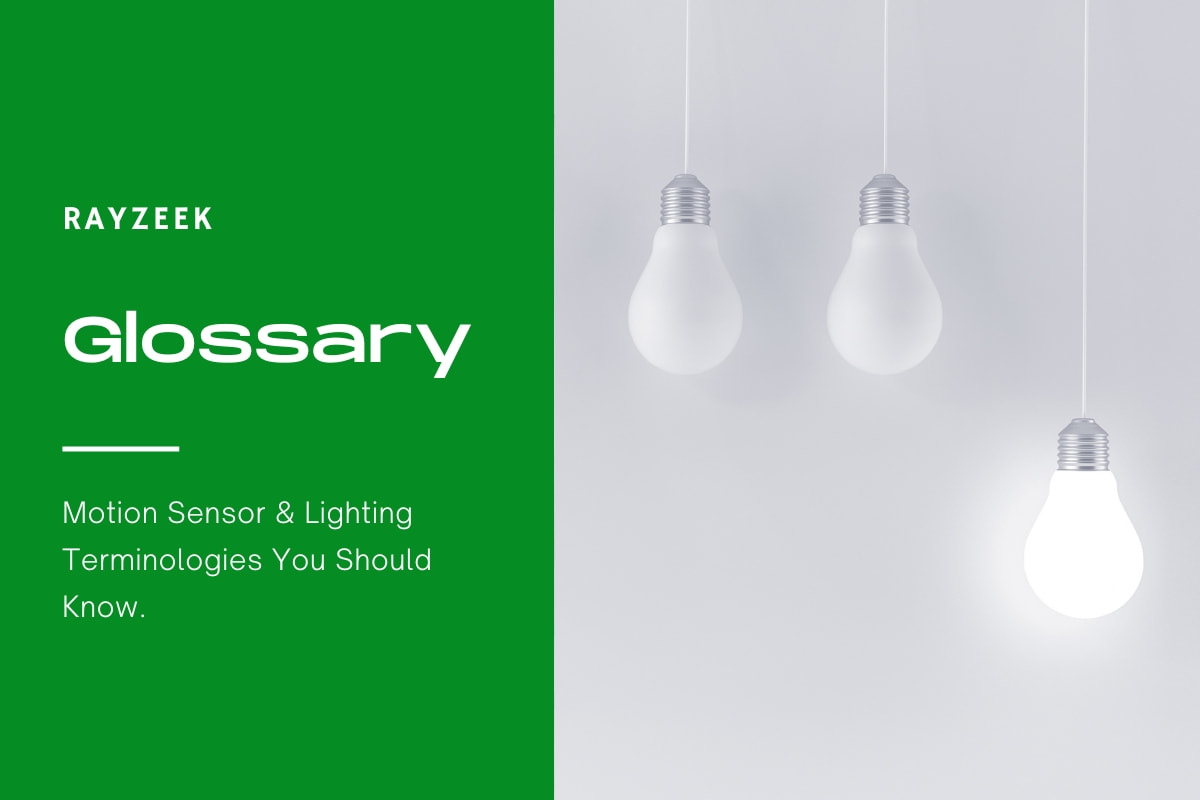What is Luminous Flux
Luminous Flux, also known as luminous power, is a fundamental concept in the lighting industry that quantifies the perceived power of light. It specifically measures the total amount of visible light emitted by a light source or light fitting. Luminous flux is measured in lumens (lm), which is the unit of measurement for this quantity.
One important distinction to note is that luminous flux differs from radiant flux, which measures the total power of electromagnetic radiation emitted by a light source, including both visible and non-visible radiation. Luminous flux takes into account the varying sensitivity of the human eye to different wavelengths of light, ensuring that it accurately represents the perceived brightness of the light.
Maybe You Are Interested In
The human eye’s sensitivity to different wavelengths is described by the luminous function, a mathematical representation that characterizes the eye’s response to each wavelength. By incorporating the luminous function, luminous flux provides a more accurate measurement of the power of visible light as perceived by the human eye.
Get Inspired by Rayzeek Motion Sensor Portfolios.
Doesn't find what you want? Don't worry. There are always alternate ways to solve your problems. Maybe one of our portfolios can help.
Luminous flux solely focuses on the total amount of visible light emitted by a source and does not consider the directionality or distribution of the light. Therefore, it provides a measure of the total light output, but not information about how the light is distributed.
Frequently Asked Questions
What Is the Best Lumens for Brightness
The brightness of the lights in your home can vary greatly, so here’s a general guideline: To replace a 100 watt (W) incandescent bulb, aim for a bulb that provides approximately 1600 lumens. If you desire a dimmer light, opt for fewer lumens; if you prefer a brighter light, seek out bulbs with higher lumen levels.
What Are the Two Most Important Parameters in Choosing Lighting Fixtures
Answer: The two most crucial factors to consider when selecting lighting fixtures are light distribution and brightness. Additionally, it is important to take into account energy conservation, as well as the appearance of both the space and the luminaires.
Is Higher Luminous Flux Better
Consumers often compare the luminous flux of various light bulbs as it gives an indication of the perceived amount of light the bulb will emit. In terms of efficiency, a lightbulb that has a higher luminous flux to consumed power ratio is considered more efficient.

























